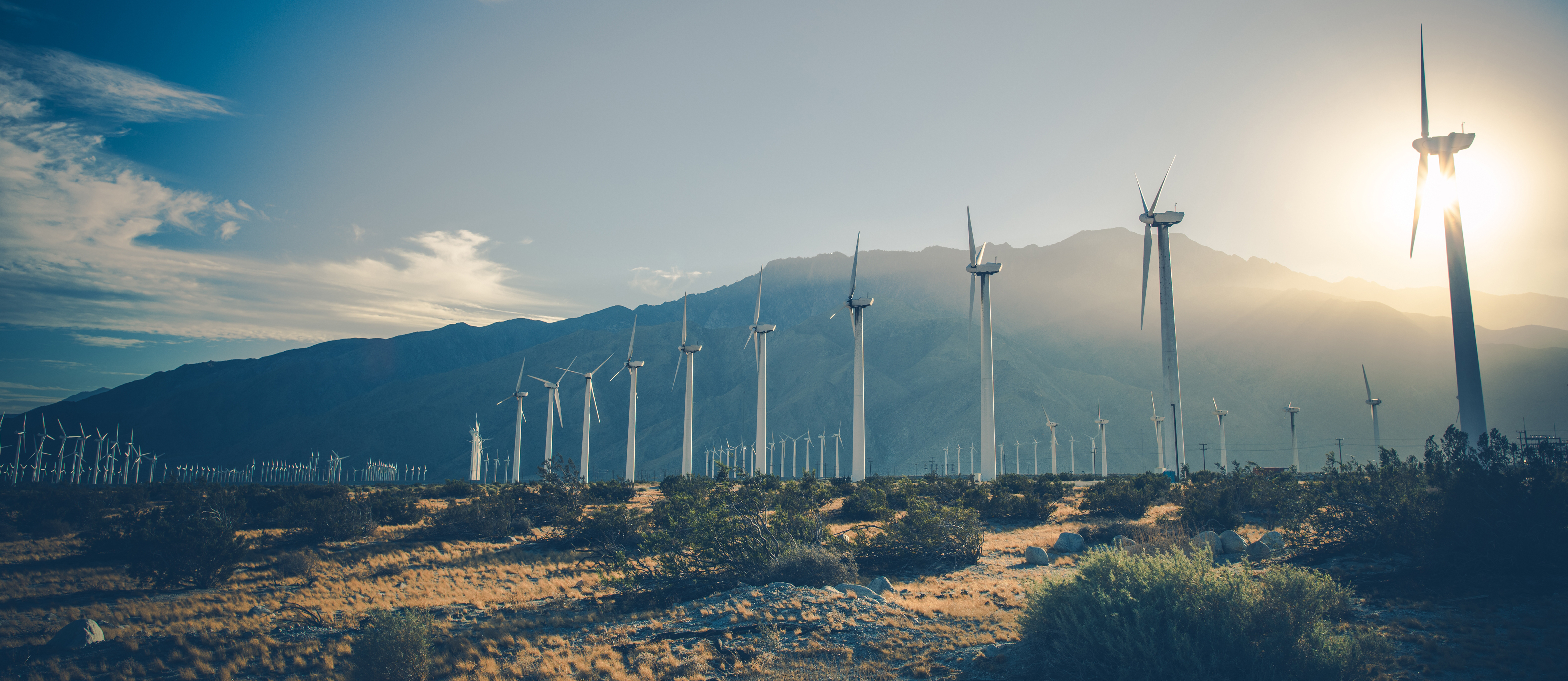
The Climate Change Issue: CEE Continues to Advance Solutions for the Challenges Ahead [Part 2]
Extreme storms, increasing temperatures, drier deserts—our climate is changing, and so must our infrastructure design, construction, and management. Determining how to best adapt engineering practices in the face of these new climate patterns is a massive undertaking, but our CEE faculty and students are rising to the challenge.
Optimizing Electricity Production for New Demands
While much research details how fossil fuels in the power sector have contributed to climate change, less research exists on how a changing climate will impact the power sector. Yet, the shifting climate is certain to necessitate modifications in the operation and design of power plants says CEE professor Mario Berges. He is partnering with EPP Professor Paulina Jaramillo and EPP PhD student Francisco Ralston Fonseca to understand what those effects might be on the electricity sector in the Southeast US in the coming decades.
So far, they’ve produced hourly projections for the expected upturn in summer demand as greater cooling is needed and for the decreases anticipated during winter. Beyond changing hourly and seasonal demand, many electricity generation plants use stream water to cool down generators. As stream temperatures rise, these plants will be unable to generate electricity as efficiently.
“One of the novel things is that we’re not doing isolated modeling of individual systems, but actually combining the simulations to understand the second-order effects and implications for the power sector,” says Berges. “What we’re able to show is that the generator fleet of the future has to change, and we need to plan for that.”
To that end, Berges and his colleagues are using an economic dispatch model to determine the optimal mix of power plants for anticipated future scenarios, including solar, nuclear, coal, and others. Because the group has already projected hourly demand, they can also run the dispatch models at an hourly level.
“This lets us see at every hour in the future what mix of energy or power plants makes the most sense,” explains Berges. “We can run that model through many different climates and areas to find the best options for utilities as they plan for their future infrastructure.”
Connecting Around a Shared Goal
No matter what the specific infrastructure challenge, developing climate change adaptation solutions requires diverse experts to join forces—one area where Carnegie Mellon has always excelled. For example, one of CEE’s newest climate adaptation projects involves CEE faculty members Matteo Pozzi and Peter Adams, CEE PhD student Suman Pokharel, and Kelly Klima of RAND, all exploring how to optimize infrastructure management under climate uncertainty. Their theory is that, depending on how rapidly researchers are learning about climate change, the best way to manage uncertainty may be with flexible designs that can be adjusted as new data become available.
“We are investigating what applications it may be beneficial, rather than making a fixed decision right now. That way we can design infrastructure components now that may be modified using knowledge developed in the future,” says Pozzi.
While the project is in its early days, possible testing applications include designing protection for coastal areas that allows for changes in height, as researchers refine their understanding of water level increases and the frequency and intensity of extreme events. Part of what makes this project possible is the combination of Pozzi’s adaptive learning and infrastructure management expertise with Adams’ knowledge of state-of-the-art climate modeling.
“The department and the whole university have this very interdisciplinary and collaborative culture,” says Adams. “In CEE, we have strength in environmental and infrastructure systems, and both of those groups recognize the benefits of collaborating.” Pozzi and Adams are far from the only CEE researchers interacting with others outside their area of expertise. “These problems don’t fall neatly into any particular discipline,” says Berges of his climate adaptation work. “The fact that we are not constrained by traditional boundaries helps everyone.”
Efforts to achieve climate change resilience have united CEE faculty and students with people from across Carnegie Mellon as well as from outside universities, government organizations, and private institutions. Together, progress is inarguably being made.
“CEE has made an important and long-term commitment to both conducting research and changing education around climate resilience and mitigation,” Samaras reflects. “Many faculty members are involved in this work, and we are going to continue this commitment. I believe we will change the field by doing so.”